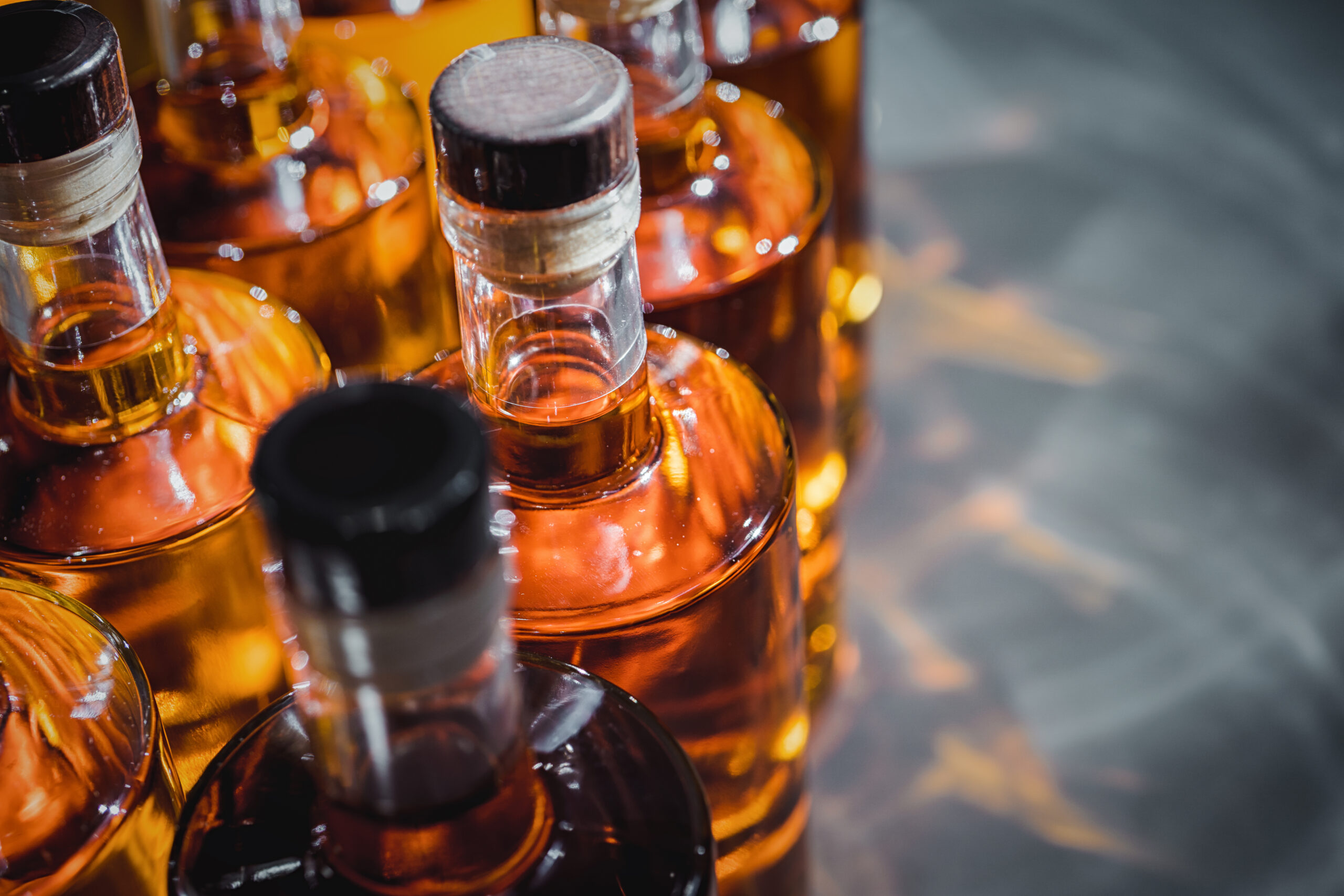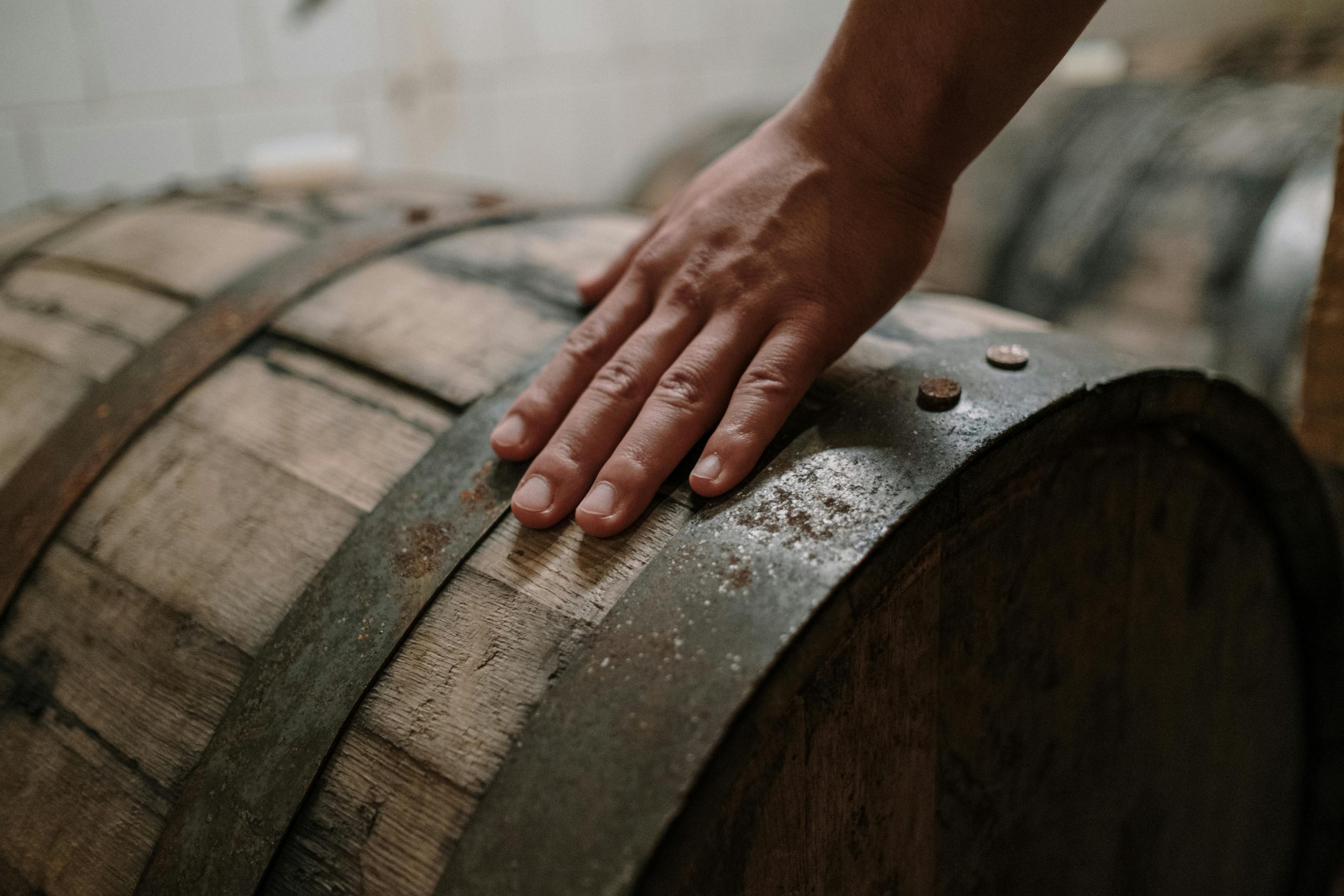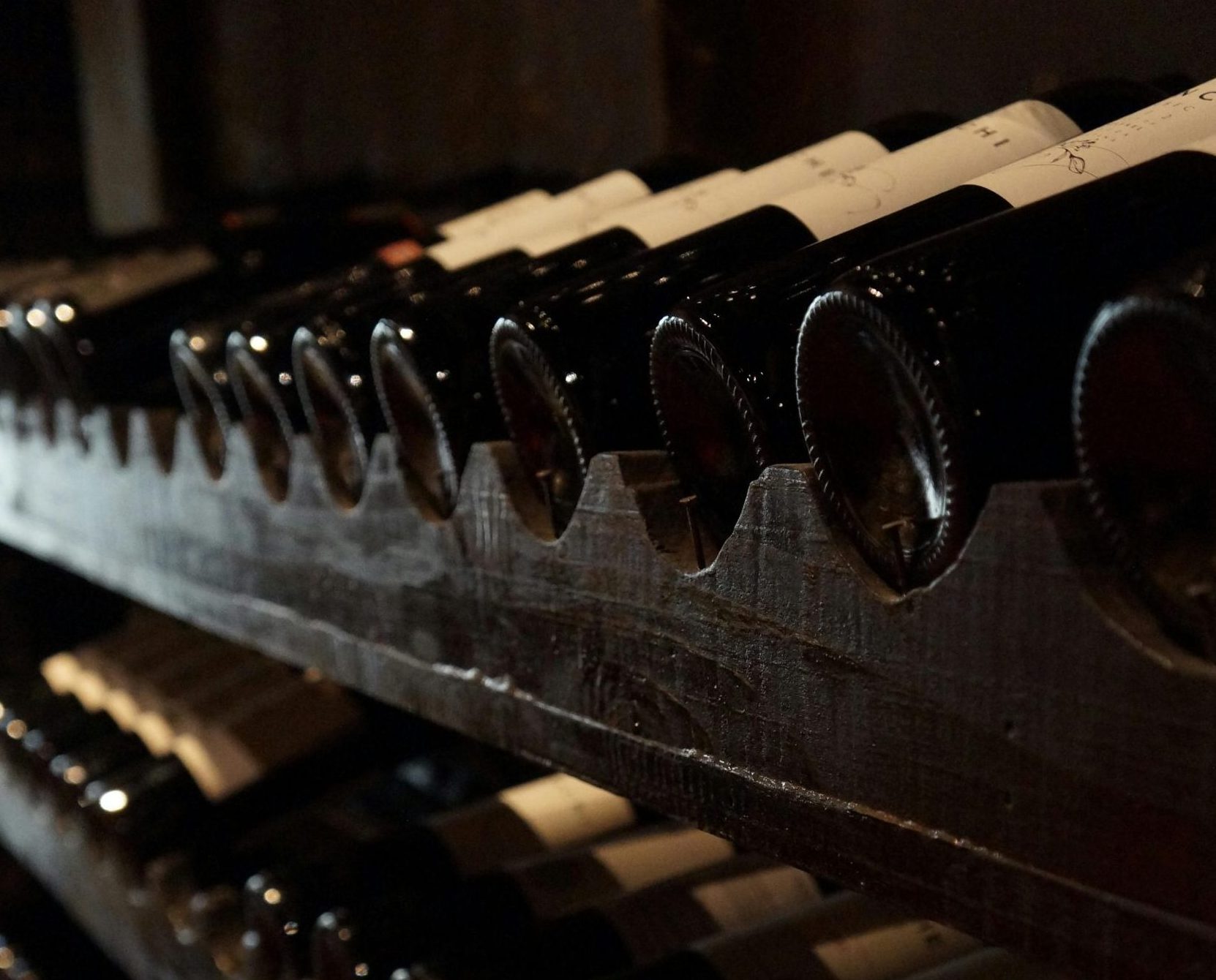Blog
Starting an Alcoholic Beverage Company: My Journey and Key Steps to Get Started

Embarking on the journey of starting my own alcoholic beverage company has been both exciting and challenging. As an entrepreneur with a passion for craft spirits and a vision to create a unique product, I knew that turning this dream into reality would require careful planning, hard work, and a deep understanding of the industry. I’m sharing my experience and the key steps I took to get started in hopes of helping others who are considering a similar path.
Step 1: Defining My Vision and Product
Every great business begins with a vision, and for me, that meant creating a distinct product that would stand out in the crowded alcohol market. I started by asking myself several fundamental questions:
- What type of alcoholic beverage did I want to create? I needed to decide whether to produce whiskey, vodka, gin, rum, or something more niche like a flavored liqueur or ready-to-drink cocktail.
- Who was my target audience? Understanding the demographics and preferences of potential customers would shape the flavor profile, packaging, and branding of my product.
- What would make my product unique? I needed a unique selling proposition (USP)—something that would make my beverage stand out from the competition, whether it was an innovative recipe, sustainable production methods, or a compelling brand story.
Answering these questions helped me refine my vision and focus on creating a high-quality, small-batch gin infused with exotic botanicals. I wanted to appeal to discerning consumers who value craftsmanship, authenticity, and flavor innovation.
Step 2: Conducting Market Research
With a clear vision in place, I turned my attention to market research. Understanding the market landscape was crucial to validating my idea and identifying opportunities for growth. Here’s what I focused on:
- Competitor Analysis: I studied both direct and indirect competitors in the gin market. What were their strengths and weaknesses? How were they positioning themselves? What price points were they using? This helped me identify gaps in the market that I could exploit.
- Customer Insights: I surveyed potential customers to gauge their preferences, buying habits, and willingness to try new products. This feedback was invaluable in shaping my product development and marketing strategy.
- Trends and Regulations: I also researched industry trends, including flavor preferences, packaging innovations, and consumer behavior. Additionally, understanding the regulatory landscape was essential—different states and countries have varying rules about production, distribution, and sales of alcohol.
This research gave me the confidence to move forward with my idea and provided the insights I needed to develop a product that would resonate with my target market.
Step 3: Creating a Business Plan
Armed with research and a clear vision, I set about creating a comprehensive business plan. This document would serve as my roadmap for launching and growing my company. Key elements of my business plan included:
- Executive Summary: A brief overview of my business concept, goals, and strategy.
- Product Description: Detailed information about the gin, including the ingredients, production process, and unique selling points.
- Market Analysis: Insights from my market research, including target audience, competitor analysis, and market trends.
- Marketing and Sales Strategy: A plan for how I would promote my product, reach my target audience, and achieve sales targets. This included branding, social media campaigns, events, and partnerships with bars and retailers.
- Operations Plan: Outlining the logistics of production, bottling, storage, and distribution.
- Financial Projections: Detailed financial forecasts, including startup costs, revenue projections, break-even analysis, and funding requirements.
This business plan helped me clarify my strategy and was also essential when seeking investors and applying for loans.
Step 4: Securing Funding
Starting an alcoholic beverage company requires significant capital investment, from sourcing ingredients and equipment to marketing and distribution. To fund my venture, I explored several options:
- Personal Savings and Bootstrapping: I started with my own savings and managed costs as tightly as possible in the initial phase.
- Friends and Family: I reached out to friends and family who believed in my vision and were willing to invest.
- Crowdfunding: I launched a crowdfunding campaign to raise awareness and secure pre-orders from early adopters.
- Angel Investors and Venture Capital: I also pitched my business plan to angel investors and venture capitalists who specialize in the food and beverage industry.
Combining these funding sources gave me the capital I needed to get started without giving away too much equity in my company.
Step 5: Obtaining Licenses and Permits
Navigating the regulatory landscape was one of the most challenging aspects of starting my business. The alcohol industry is highly regulated, and obtaining the necessary licenses and permits was crucial. Here’s what I had to do:
- Federal Permits: In the U.S., I needed to obtain a Federal Basic Permit from the Alcohol and Tobacco Tax and Trade Bureau (TTB) to legally produce and distribute alcohol. This involved submitting detailed information about my business, production process, and financials.
- State and Local Licenses: I also needed state and local permits to produce, distribute, and sell alcohol. Each state has its own set of regulations, so it was essential to understand the specific requirements for my location.
- Label Approval: Every alcoholic product must have a label approved by the TTB, ensuring it complies with all federal regulations regarding content, health warnings, and branding.
Navigating this process took time and required careful attention to detail. I found it helpful to work with a legal consultant who specialized in alcohol law to ensure all my paperwork was in order.
Step 6: Setting Up Production
With the legal hurdles cleared, I moved on to setting up production. This step involved finding a suitable location, sourcing ingredients, and selecting equipment:
- Choosing a Production Facility: I had to decide whether to build my own distillery or partner with an existing one. Given the costs involved, I opted to start with a contract distillery. This allowed me to produce my gin without the upfront investment of building and outfitting a distillery.
- Sourcing Ingredients: I built relationships with suppliers to source the highest-quality botanicals and base alcohol. Consistency in quality was key to ensuring my product would stand out.
- Quality Control: Implementing strict quality control processes was essential to maintaining consistency and meeting regulatory standards.
Step 7: Developing a Brand and Marketing Strategy
With my product ready, it was time to develop a brand that would resonate with my target audience. I focused on creating a brand identity that reflected the unique qualities of my gin—handcrafted, exotic, and premium:
- Brand Name and Logo: I chose a name that was easy to remember and trademarked it. A professional designer helped me create a logo that would look great on labels, packaging, and marketing materials.
- Packaging Design: The packaging needed to reflect the quality of the product inside. I chose eco-friendly materials and a bottle design that stood out on shelves.
- Digital Presence: I built a website and established a presence on social media platforms like Instagram and Facebook to connect with potential customers and build a community around my brand.
I also planned events, tastings, and partnerships with local bars and retailers to promote my product and build brand awareness.
Step 8: Launching the Product
Finally, it was time to launch my gin. I chose to host a launch event with tastings, live music, and food pairings to create buzz around the product. I also sent samples to influencers and bloggers to generate online reviews and coverage.
Launching the product was just the beginning. The real work began in maintaining quality, growing distribution, and scaling up production to meet demand.
Conclusion: Lessons Learned on My Journey
Starting an alcoholic beverage company has been an incredible journey filled with highs and lows. Along the way, I’ve learned the importance of patience, perseverance, and paying attention to detail. If you’re considering starting your own alcohol brand, remember these key steps:
- Define your vision and product.
- Conduct thorough market research.
- Create a solid business plan.
- Secure funding.
- Navigate the licensing and regulatory requirements.
- Set up production efficiently.
- Develop a strong brand and marketing strategy.
- Execute a successful product launch.
While the path is challenging, it’s also incredibly rewarding. With passion, preparation, and persistence, you can turn your vision into a reality and create a brand that resonates with consumers. Cheers to the journey ahead!


